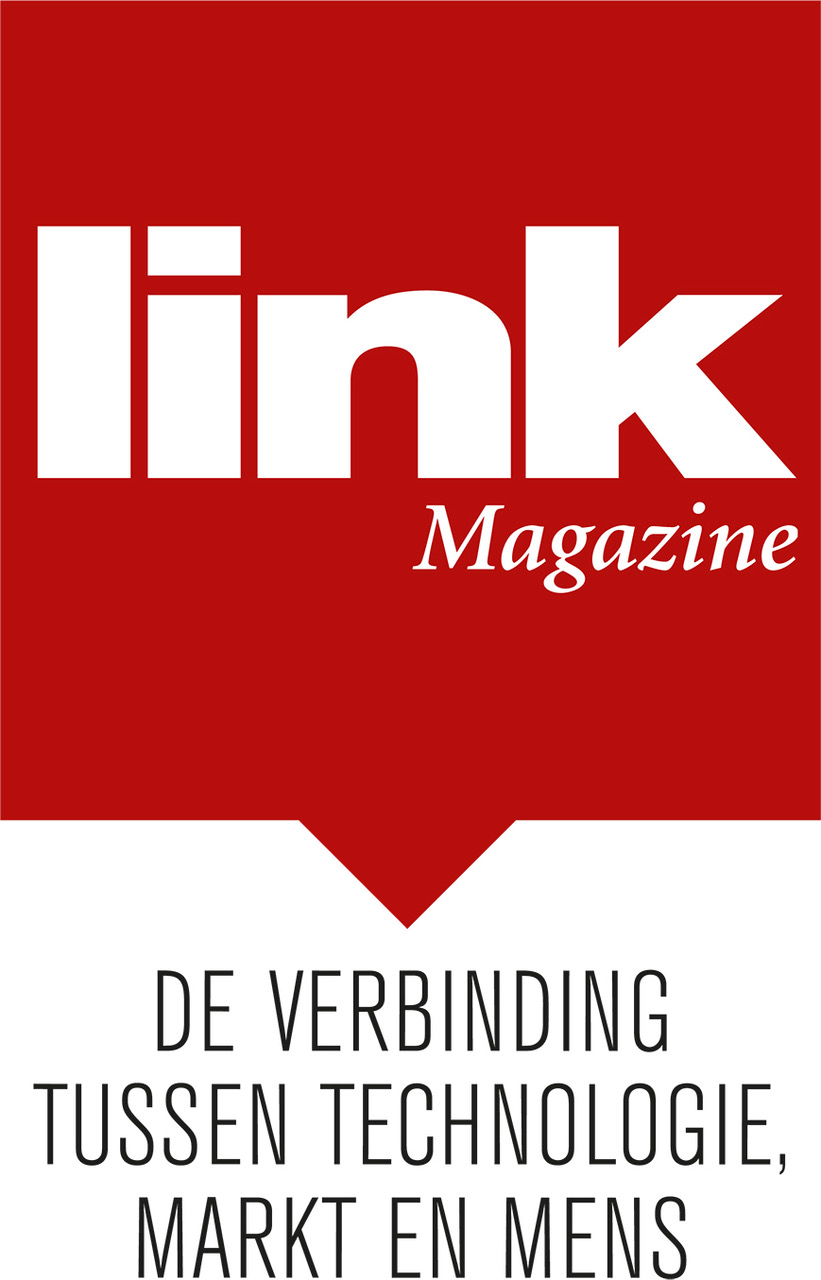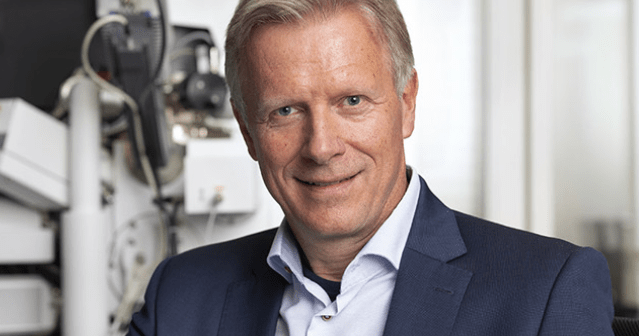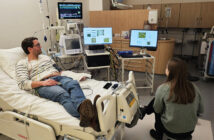It’s a ‘conscious relationship’ that dates back over 25 years. And the partnership between the Dutch locations of SMC and Thermo Fisher continues to develop. These days, the two firms are also successfully co-engineering. ‘We know we can rely on each other.’
‘If co-development results in a better product and there is a basis of trust, do it’
Silvester Engelen has some good news that he is very happy to share: over the past quarter, ‘his’ firm SMC has been awarded the highest possible supplier performance score by Thermo Fisher MSD. ‘We actually got a 100 percent score’, says the manager electronic industry of SMC Netherlands proudly. ‘We never managed that before.’ Cees Sluys, senior director global sourcing of Thermo Fisher, has also heard the news. And? ‘It perfectly illustrates why SMC has been a partner for so long.’
Electron microscopes
Sluys works for the Dutch location of Thermo Fisher in Eindhoven, in the south of the country. The company supplies instruments for healthcare and the scientific community, such as high-quality and complex electron microscopes. The location in Eindhoven was originally part of Philips before being acquired by FEI, and has since 2016 been part of the Materials & Structural Analysis (MSD) division of US firm Thermo Fisher Scientific (turnover €30 billion, 80,000 employees).

‘Thermo Fisher’s customers are located all over the world. We can supply them from our offices in the different countries’, says Silvester Engelen. Photo: SMC
Engelen has been working in the Netherlands for SMC, which has locations in Eindhoven and Amsterdam, ‘for years’. The head office of multinational SMC is located in its home country of Japan. The company (turnover €4.7 billion, 19,000 employees) is, says Engelen, the biggest global supplier of pneumatic components and systems for the automation of production processes.
And now the two are sitting at their laptops, talking about the long relationship between the two companies – remotely via Teams, in order to be coronavirus-safe. SMC has been a supplier of Thermo Fisher and its predecessors for over 25 years, notes Engelen. The company supplies items including pneumatic components, chillers (the essential temperature control units for the microscopes) and high vacuum components. ‘And not just in the Netherlands, but globally. Because of course, Thermo Fisher’s customers are based all over the world. We can supply them from our offices in the different countries’, says Engelen.
Added value
For many years, the partnership between the two firms has been based on a business contract which is periodically subjected to proper scrutiny. ‘We have a very conscious relationship’, says Sluys. ‘That is to say: every few years, we sit down together to examine whether our position is still the same, whether we are meeting each other’s expectations and whether there is still sufficient added value and trust. We take a good look in each other’s eyes, you could say.’
Apparently, the trust is still there: in April of last year, the existing contract was extended by a number of years. That agreement once again laid down how SMC is expected to handle Thermo Fisher’s wishes and requirements – for example, when it comes to maintaining stocks on location and acting based on a forecast. ‘We commit to being able to supply the required products at the right times and at the right locations’, says Engelen. ‘And we make sure they are actually where they need to be.’
Generally speaking, Thermo Fisher works with a forecast one year ahead; in other words, which components are likely to be required in twelve months’ time. Engelen: ‘We normally know what we need to supply in a years’ time. There could be some changes in the last three months, but to date the quantities involved have never been huge.’
There’s a good reason for making that forecast: some of the components have a lead time of more than two months. ‘So we need to know ahead of time in order to be able to supply what they need’, says Engelen.
Serious drop
Not that the agreements are completely set in stone, says Sluys. ‘Last year, we witnessed demand suddenly collapse. In the second quarter, we faced a serious drop in demand from our customers. Clearly we needed to be able to accommodate that. And SMC had the flexibility to do so.’ Engelen agrees. ‘If, say, only eight units are required instead of ten, we will increase our stocks slightly. And when demand increases, we can quickly scale up.’
What also helps, says Sluys, is that the forecast – based on experience and customer knowledge – is pretty good. ‘Generally speaking, we have good understanding of what will be required in the coming months and up to a year ahead.’
More difficult to plan are things like service and repairs. ‘We have a large installed base of machines at our customers’ locations. Regular maintenance is naturally scheduled as service, but if a machine breaks down, we need to be able to respond at the drop of a hat. When we do, we have observed that SMC, which is a big player, is able to act quickly and in a coordinated way.

Theo Kneepkens
(KLA) about supercycle of growth: Í hope that supply industry expands its capacity’. Read this edition of link magazine digitally via this link
Partly for this reason, Engelen notes, SMC has a ‘dedicated team’ of technicians and engineers on standby in Europe, Asia and the United States, which can spring into action whenever necessary and whatever the reason. ‘And that’s where the value of knowing each other for so long really shows itself. We know we can rely on each other.’
Further development
The partnership has grown steadily over the years. And that trend has never really stopped, says Sluys. Because whereas SMC initially supplied spare parts and components, in recent years the company has also become involved in the further development of components. For example, in order to produce improved versions of components for the ‘heart’ of the microscopes. That was a bigger worry for the engineers and R&D employees at Thermo Fisher than for himself, says Sluys. That, he adds, has everything to do with the trust he has in SMC, based on the years of partnership. ‘Of course, you are letting other people see your machine. That can make you nervous. How do you deal with things like IP? Of course we lay down matters like that contractually. Plus, our position is: if you trust each other and that results in a better end product, why wouldn’t you do it?’
According to Sluys, there are plenty of reasons for a company to enter into co-development and co-engineering. ‘At Thermo Fisher, everything centres on innovation, both internally and towards the customer. The R&D department are very busy. So if we can get good support in that arena from trusted and proven partners we do it, it’s a no-brainer. SMC have by now proved that they have the required expertise in-house to be able to help us.’
Both sides anticipate further and new collaboration over the coming years. ‘Thermo Fisher want us to keep challenging them. We are happy to do that, also with new products and with joint projects’, says Engelen. ‘The future is looking good.’






